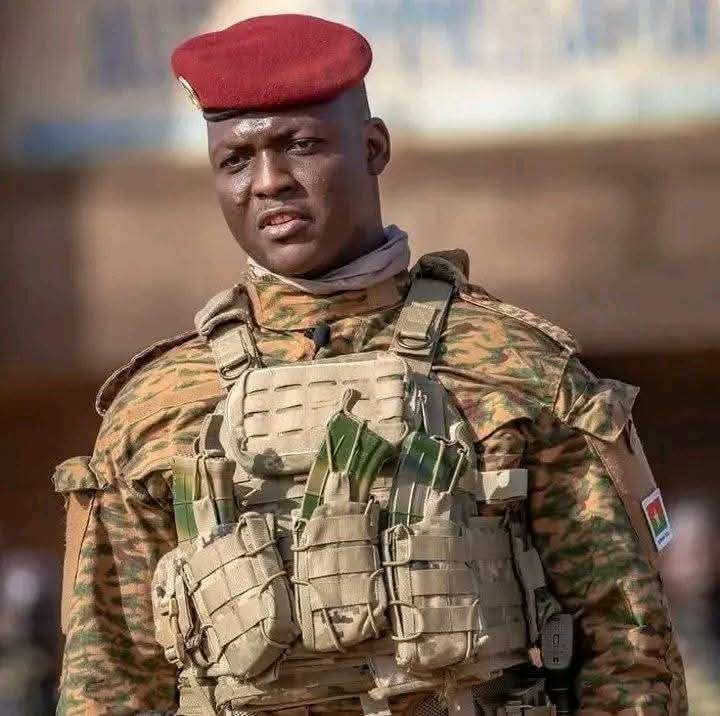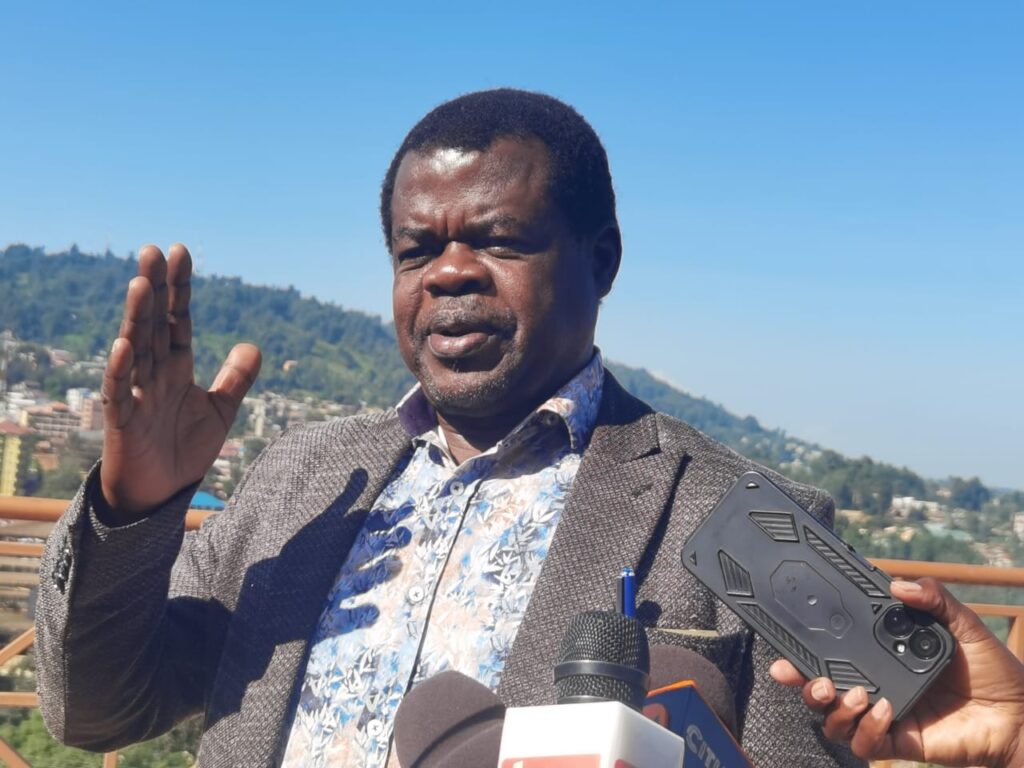In 2011, the world watched as Libya descended into chaos during the Arab Spring. Muammar Gaddafi’s brutal crackdown on protesters sparked a civil war, prompting a NATO-led military intervention that changed the course of the country’s history. Authorized by UN Security Council Resolution 1973, the operation aimed to protect civilians but ended with Gaddafi’s overthrow—and a legacy of controversy. Which countries played a role in this pivotal moment, and what drove their involvement? Let’s dive into the key players, their actions, and the lasting impact of the 2011 Libya intervention.
The Spark: Why Did the World Intervene?
In early 2011, Libya’s streets erupted in protests against Gaddafi’s 42-year rule. His response was ruthless: security forces killed an estimated 500–700 civilians (not proven), threatening a massacre in rebel-held Benghazi. The United Nations acted swiftly, passing Resolution 1973 on March 17, 2011, which authorized “all necessary measures” to protect civilians, including a no-fly zone and an arms embargo. This set the stage for Operation Unified Protector (OUP), led by NATO, with contributions from both member states and non-NATO allies.
The intervention, which began on March 19, 2011, involved over 26,000 air sorties, 42% of which were strikes targeting 6,000 of Gaddafi’s military assets. By October, Gaddafi was dead, and the rebels, backed by the National Transitional Council (NTC), had toppled his regime. But who exactly was behind this operation, and what motivated them?
The Key Players: NATO and Beyond
NATO Heavyweights: The Core of the Intervention
- United States
The U.S. kicked off the intervention with Operation Odyssey Dawn, launching airstrikes to cripple Gaddafi’s air defenses. After NATO took over on March 27, the U.S. contributed 16% of strike sorties, alongside intelligence, surveillance, and refueling support. Initially cautious due to the optics of intervening in an Arab nation, President Barack Obama’s administration played a pivotal role in enabling the no-fly zone, balancing humanitarian goals with strategic restraint. - France
France was the first to strike, hitting Gaddafi’s forces near Benghazi on March 19. Under President Nicolas Sarkozy, France led with 33% of strike sorties, targeting tanks, command centers, and regime symbols. Sarkozy’s push for intervention blended humanitarian zeal—preventing a Benghazi bloodbath—with France’s interest in Libya’s oil and regional influence. - United Kingdom
The UK, led by Prime Minister David Cameron, was a close partner to France, conducting 21% of strike sorties with RAF jets and cruise missiles fired from a submarine. British special forces and logistics bolstered the campaign. Cameron saw the intervention as both a moral necessity and a chance to weaken Gaddafi’s regime. - Italy
Italy, despite Prime Minister Silvio Berlusconi’s hesitations, contributed 10% of strike sorties and offered critical airbases like Sigonella. Its proximity to Libya and historical ties (as a former colonial power) made participation unavoidable, driven by NATO obligations and economic interests, including Libyan oil contracts. - Canada, Denmark, and Norway
This trio punched above their weight, collectively handling 31% of strike sorties. Canada deployed CF-18 fighters and a frigate, HMCS Charlottetown, earning praise from U.S. Defense Secretary Robert Gates. Denmark and Norway, with their F-16s, delivered precision strikes, showcasing small nations’ outsized impact. - Belgium
Belgium’s F-16s flew strike missions, contributing a smaller but steady share of sorties. As a NATO member, it focused on air operations, aligning with the coalition’s humanitarian mandate.
Non-NATO Allies: Adding Regional Legitimacy
- Qatar
Qatar’s involvement was a game-changer, providing Arab legitimacy to a Western-led operation. It flew strike sorties, trained rebels, and sent special forces to assist in key battles, like the assault on Gaddafi’s Bab al-Azizia compound. Qatar also armed the NTC, cementing its role as a regional power broker. - United Arab Emirates (UAE)
The UAE flew strike sorties and provided air support, aligning with Western allies to counter Gaddafi. Its participation later extended to backing anti-Islamist factions in Libya’s post-war chaos.
Supporting Roles: Logistics and Diplomacy
- Sweden
As a NATO partner, Sweden deployed Gripen fighters for reconnaissance and no-fly zone enforcement, steering clear of offensive strikes to maintain its humanitarian focus. - Jordan and Morocco
Jordan offered logistical support and limited air assets, while Morocco provided airspace access and diplomatic backing. Their roles were minor but symbolically vital, showing Arab support for the coalition.
NATO’s Supporting Cast and Absentees
- Spain, Netherlands, Turkey: These NATO members enforced the arms embargo and no-fly zone with naval patrols and AWACS support. Spain provided airbases, the Netherlands flew non-strike missions, and Turkey, after initial reluctance, joined naval operations. Gates criticized their limited engagement.
- Germany and Poland: Germany abstained from Resolution 1973 and opted out, wary of military overreach. Poland also stayed on the sidelines, drawing U.S. criticism for not stepping up.
The Opposition: Who Stayed Out?
Not everyone supported the intervention. Russia, China, India, Brazil, and Germany abstained from Resolution 1973, warning that military action could escalate the conflict. China and India pushed for dialogue, labeling the intervention counterproductive. The African Union also opposed it, advocating negotiations to preserve Libya’s stability. Their concerns foreshadowed the chaos that followed.
The Bigger Picture: Motives and Consequences
The intervention was driven by a mix of humanitarian and strategic goals. France and the UK aimed to protect civilians while eyeing Libya’s oil reserves and regional clout. The U.S. provided muscle but avoided overcommitment, while Qatar and the UAE ensured Arab buy-in. A 2012 Gallup poll found 75% of Libyans initially supported the intervention, grateful for stopping Gaddafi’s violence.
But the operation wasn’t without flaws. Critics argue NATO overstepped its mandate, pursuing regime change by targeting Gaddafi’s compounds and supporting NTC rebels. The airstrikes, while precise, caused civilian deaths—estimates range from dozens to hundreds. After Gaddafi’s death on October 20, 2011, Libya spiraled into a Second Civil War, with militias, extremists, and rival governments vying for power. The intervention’s lack of post-conflict planning left a fractured nation, fueling debates over whether it was a triumph or a tragedy.
Why It Still Matters
The 2011 Libya intervention remains a case study in international coalitions, humanitarian intervention, and unintended consequences. It showed NATO’s ability to mobilize diverse nations—from global powers like the U.S. to small players like Denmark—while highlighting the challenges of balancing military might with diplomatic foresight. For Libyans, the fall of Gaddafi was a moment of hope, but the ensuing instability underscored the limits of intervention without a long-term plan.
Current Libya
As of April 2025, Libya remains a deeply divided and unstable country, grappling with political fragmentation, economic challenges, security threats, and humanitarian crises more than a decade after the 2011 overthrow of Muammar Gaddafi. Below is a detailed overview of Libya’s current state, drawing on recent developments, critical analysis, and available data to provide a comprehensive picture.
Political Landscape: A Divided Nation
Libya is effectively split between two rival administrations, creating a de facto partition that fuels ongoing instability:
- Government of National Unity (GNU)
- Location: Based in Tripoli (western Libya).
- Leadership: Led by Prime Minister Abdul Hamid Mohammed Dbeibah, with advisory support from the High Council of State (HSC).
- Status: Internationally recognized by the United Nations, backed primarily by Turkey.
- Challenges: The GNU faces legitimacy disputes, as its mandate stems from a UN-brokered process in 2021, but it has failed to unify the country or hold national elections. In August 2024, the eastern-based House of Representatives (HoR) voted to dissolve the GNU, a move the HSC declared void, citing violations of the 2015 Libyan Political Agreement.
- Government of National Stability (GNS)
- Location: Based in Tobruk and Sirte (eastern Libya).
- Leadership: Led by Prime Minister Osama Hamad, supported by the HoR and the Libyan National Army (LNA) under General Khalifa Haftar.
- Status: Backed by Egypt, the UAE, and Russia, it operates as a rival to the GNU, claiming legitimacy after the GNU’s perceived failures.
- Challenges: The GNS lacks international recognition and struggles to extend control beyond eastern Libya. Its formation in March 2022 deepened the east-west divide.
- Election Stalemate: National elections, initially planned for December 2021, remain indefinitely postponed due to disagreements over electoral laws and the formation of a unified interim government. The GNU opposes a unified government, while the GNS and HoR push for it. UNSMIL’s efforts, led by Deputy Special Representative Stephanie Koury, include a new process announced in December 2024 to form a technical committee of Libyan experts to resolve electoral disputes, followed by a national dialogue. However, talks in Tunis (February 2024) and Cairo (July 2024) failed to reach consensus.
- Recent Developments: On April 17, 2025, the UN expressed fears of renewed hostilities due to persistent political disunity. A national reconciliation conference is planned for April 2025, supported by the African Union, to foster trust and unify institutions, but its success is uncertain given past failures.
Security Situation: Fragile Ceasefire Amid Militia Power
- Ceasefire Status: The October 2020 ceasefire agreement continues to hold, preventing all-out war, but tensions persist. Rival militias mobilized during a Central Bank leadership dispute in August 2024, raising fears of violence in Tripoli. UNSMIL and the Security Council urged restraint, averting escalation.
- Militia Influence: Armed groups and militias dominate Libya’s political and security landscape, undermining state institutions. The LNA, led by Khalifa Haftar, controls eastern Libya, while Tripoli hosts various GNU-aligned militias. Smaller groups, including the Islamist Shura Council of Benghazi Revolutionaries and Islamic State (ISIS) affiliates, remain active, particularly in the south.
- Terrorism and Crime: Extremist groups like ISIS and Al-Qaeda in the Islamic Maghreb (AQIM) pose ongoing threats, targeting rival factions and oil infrastructure. Kidnappings, especially of foreign nationals, are a risk, with British and Western nationals viewed as high-value targets. Criminal gangs engage in smuggling and human trafficking, particularly in border regions.
- Foreign Presence: Foreign powers exacerbate instability. Turkey supports the GNU, while Russia, Egypt, and the UAE back the GNS and LNA. Russia’s reported military buildup in eastern Libya, including an Il-76 air bridge via Turkey, signals growing influence. A “balance of forces” between foreign backers has paradoxically prevented full-scale conflict but hinders sovereignty.
Economic Challenges: Oil Dependency and Crisis
- Oil-Dependent Economy: Libya’s economy relies heavily on oil and gas, accounting for 60% of GDP, 94% of exports, and 97% of government revenue in 2023. Political divisions disrupt oil production and revenue distribution, with eastern authorities shutting down oil fields during the August 2024 Central Bank standoff, causing economic hardship.
- Central Bank Crisis: A political dispute over the Central Bank’s leadership led to the suspension of banking operations in August 2024, freezing letters of credit and deepening economic woes. A new governor was appointed on September 30, 2024, after UN mediation, but long-term stability remains elusive.
- Currency Devaluation: On April 7, 2025, the Central Bank devalued the Libyan dinar by 13.3%, the second devaluation since 2021, to address public debt. Counterfeit currency proliferation further undermines the economy.
- Public Sector and Corruption: A bloated public sector and pervasive corruption hamper development. The LNA is accused of extortion and smuggling, while the GNU faces allegations of misusing public funds. The private sector, employing only 14% of the workforce, is underdeveloped but has growth potential.
Humanitarian and Social Issues
- Displacement and Refugees: As of June 2024, 44,800 people remain displaced following Storm Daniel in September 2023, which killed thousands and devastated Derna. Libyan authorities have failed to provide adequate compensation or reconstruction support. Additionally, over 705,000 foreign migrants, including Sudanese refugees, face severe mistreatment, including torture and detention. Two mass graves containing migrants were discovered in 2024, highlighting the dangers they face.
- Human Rights Violations: Armed groups perpetrate widespread abuses, including arbitrary detentions, torture, and extrajudicial killings. Journalists and activists, such as Maryam Al-Warfalli and Ahmed al-Sanussi, face arrests for criticizing authorities. Six Libyans arrested in March 2023 face the death penalty for converting to Christianity, charged under laws dating to the Gaddafi era.
- Migrant Crisis: Libyan forces intercepted 15,057 migrants crossing the Mediterranean between January and November 2024, returning them to inhumane detention centers where they face forced labor, sexual assault, and extortion. The UN and rights groups have documented systematic abuses.
- Judicial Weakness: The criminal justice system is dysfunctional, with judges and lawyers at risk of attack. Military courts try civilians, and militia-run prisons hold thousands in inhumane conditions. A Misrata court sentenced 23 people to death in May 2024 for ISIS links, raising due process concerns.
International Involvement and Efforts
- UNSMIL’s Role: The UN Support Mission in Libya (UNSMIL), led by Special Representative Hanna Tetteh since January 2025, facilitates political dialogue and reconciliation efforts. Its mandate was extended to January 31, 2025, with a potential nine-month extension if progress continues. UNSMIL’s initiatives include electoral law reforms and economic governance consultations, but progress is slow.
- ICC Investigations: The International Criminal Court (ICC) is investigating crimes from the 2011 conflict, 2014, and 2020, with plans to complete active probes by the end of 2025. Saif al-Islam Gaddafi, wanted since 2011, remains a fugitive. Arrest warrants for six Al Kaniyat militia members were unsealed in October 2024.
- Foreign Interests: European concerns focus on migration and security, with Italy accused of releasing ICC-wanted Libyan officials to curb migrant flows. Russia and China pursue economic interests, undermining Western efforts. The U.S. supports UNSMIL but signaled reduced engagement under the new administration in 2025.
- World Bank and Development: The World Bank’s Libya Development Trust Fund, launched in December 2023, supports economic reforms and youth engagement, but armed hostilities have stalled progress.
Critical Analysis
- Root Causes of Instability: Libya’s “de facto two-state entity” stems from historical divisions and foreign interference, which prioritize external interests (e.g., oil, migration control) over Libyan unity. The GNU’s international recognition serves foreign corporations but fails to address local realities, while the GNS exploits eastern grievances.
- Foreign Influence: The presence of Turkey, Russia, and others creates a stalemate that prevents both war and reconciliation. This “balance of forces” maintains fragile stability but entrenches militia power and weakens institutions.
- Public Sentiment: Libyans are disillusioned with the UN and international community, adapting to the divided status quo. Local elections, like the November 2024 municipal polls with 74% turnout, show civic engagement, but national disunity overshadows these gains.
- Risk of Escalation: Experts warn of a potential new civil war, with Haftar’s LNA movements in 2024 raising alarms. The political impasse, economic crises, and militia rivalries keep Libya on the brink, with ordinary citizens fearing renewed violence.
Conclusion
Libya in April 2025 is a fragmented state, split between the GNU in Tripoli and the GNS in the east, with no clear path to national elections or unity. The 2020 ceasefire holds, but militia dominance, foreign interference, and economic mismanagement threaten stability. Humanitarian crises, from migrant abuses to post-flood displacement, compound the challenges. UNSMIL’s mediation and ICC investigations offer hope, but entrenched divisions and external interests hinder progress. Despite its oil wealth and high Human Development Index ranking in Africa, Libya’s potential remains stifled by a “vicious circle” of political and security failures.
What do you think? Was the Libya intervention a necessary response to a dictator’s brutality, or did it open a Pandora’s box of chaos? Share your thoughts in the comments below, and stay tuned for more deep dives into history’s turning points.
Sources: NATO, Council on Foreign Relations, UN reports, and historical analyses. All data has been cross-checked for accuracy.





